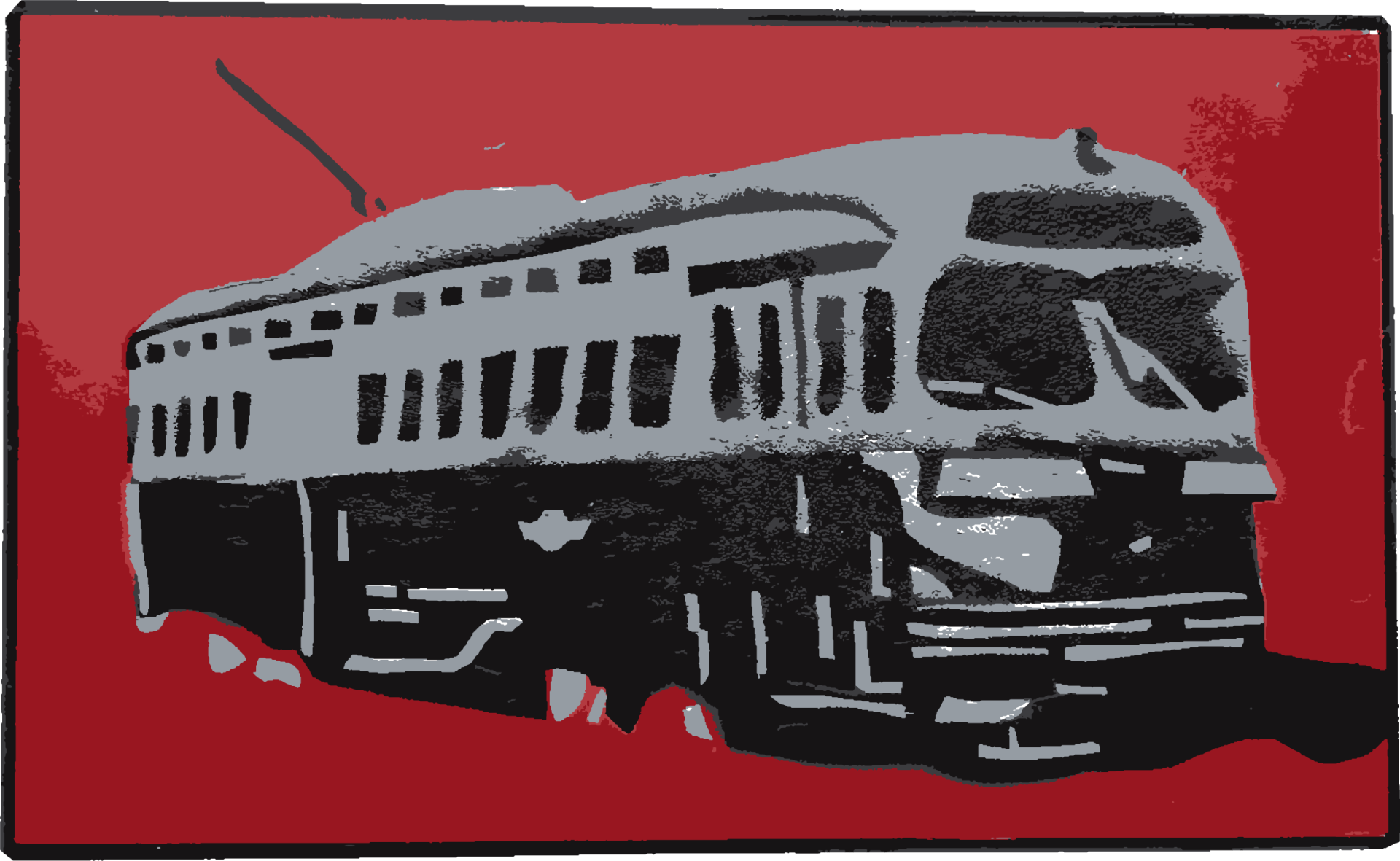
The following is a letter from one of our readers. If you have any contributions you’d like to share, send your submission of no more than 400 words to reports@marxist.ca
Many academics and researchers in the recent past have expressed concern about a “Transit Death Spiral.” The Transit Death Spiral is a theory that less ridership means less public transit revenues, which leads to service cuts.
But public transit isn’t in a “death spiral.” On the contrary. Many regions and cities are experiencing an increase in transit use. Commuters that used to drive are now gravitating towards public transit. This is due to the price of fuel, maintenance, and insurance that are required to own a car. As the price of food, housing, and other commodities increases, getting rid of the car becomes a logical decision.
Meanwhile, riders are being met with service cuts, empty promises, and elected leaders playing politics with transit funding.
As transit advocates TTCriders stated regarding the recent transit budget:
“Today, service is being planned for standing room only at all times of day. This means there is less room on the bus in the middle of the day for mobility devices, strollers, and grocery carts, which affects people with disabilities, women, and shift workers.”
A recent petition by Durham Region Transit users stated:
“In 2023, Durham Region Transit (DRT) achieved record-level ridership despite having the lowest scheduled service hours in all of the GTHA. Over 1.5 million monthly riders rode DRT in 2023, meaning around 67,000 people per day are riding the system.”
To make matters worse. Durham Region is proposing $8 million in service improvements to be cut from the upcoming 2024 budget.
“Ottawa City Transit is also facing cuts. OC Transit is reducing bus service by 74,000 hours. OC Transit will roll out changes to bus routes in the spring, cutting many 200-series routes between residential neighborhoods and O-Train stations, and redirecting buses off residential streets with low ridership.” It was only in October when OC had its highest monthly ridership increase in three years.
Guelph Transit is delaying needed transit expansion. As Nelson Chukwuma, president of Conestoga Students Inc., which represents the college’s students stated “It is clear Guelph Transit is no longer at capacity — it has exceeded capacity.”
We can clearly see that public transit isn’t in a “death spiral” due to low ridership. The problem is a lack of funding.
A worker-controlled public transit system would be free from funding shortfalls and inefficiencies. Public transit would be fully funded and fare-free. Fare-free transit would bring more demand and a worker-controlled public transit would ensure there’s adequate supply.
It would be the responsibility of unionized transit workers to democratically plan, manage, and operate public transit.
Workers know their jobs for the simple fact that workers are tasked with producing. It is for this very reason that workers are more than capable of controlling their workplace.
Transit workers must ally with the transit-riding public. The two are intrinsically linked. The transit riders are working class as are the unionized transit workers. The transit workers depend on the public for employment and the public depends on the transit workers to get around.
The working class is forced to depend on a transit system that gets them to school, work, home and more. In return, public transit operates inefficiently, unreliable and underfunded. It’s time for unionized transit workers and transit users everywhere to demand that corporate profits pay for high-quality, fully funded, and fare-free transit.

